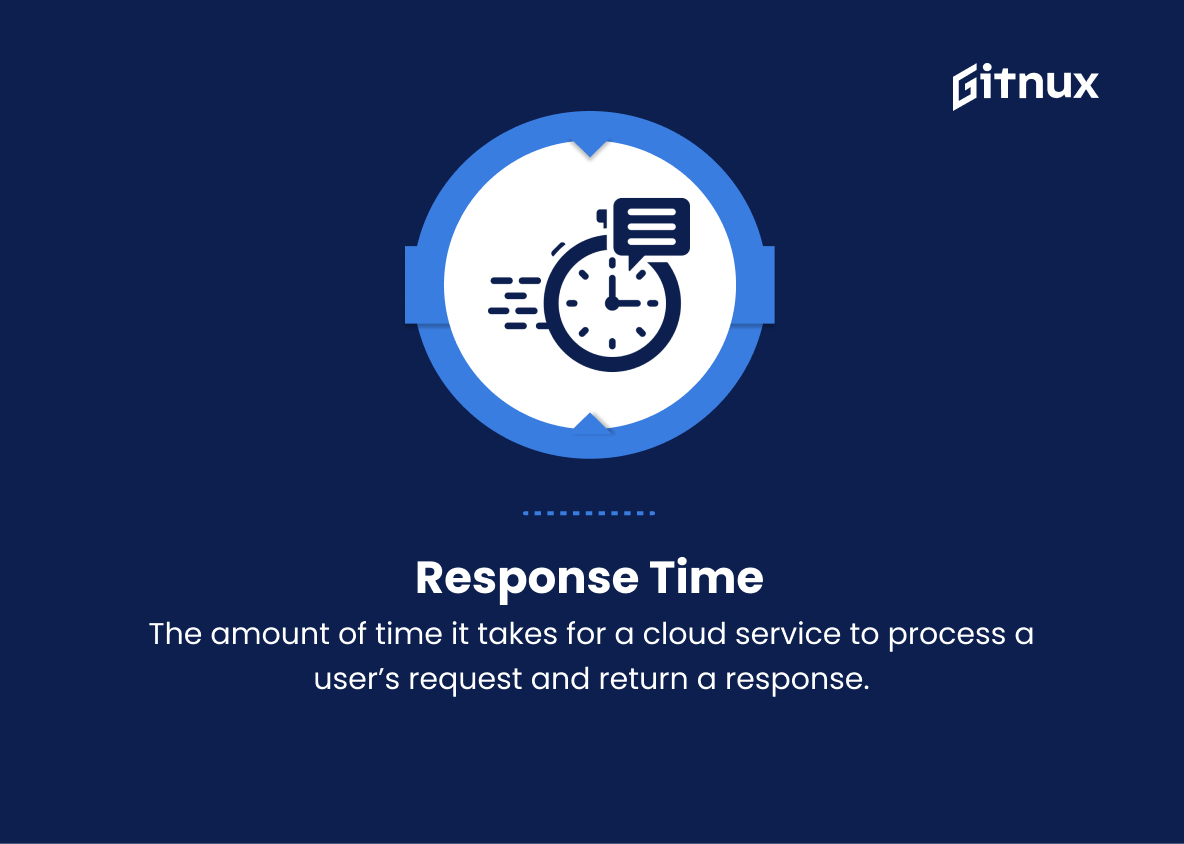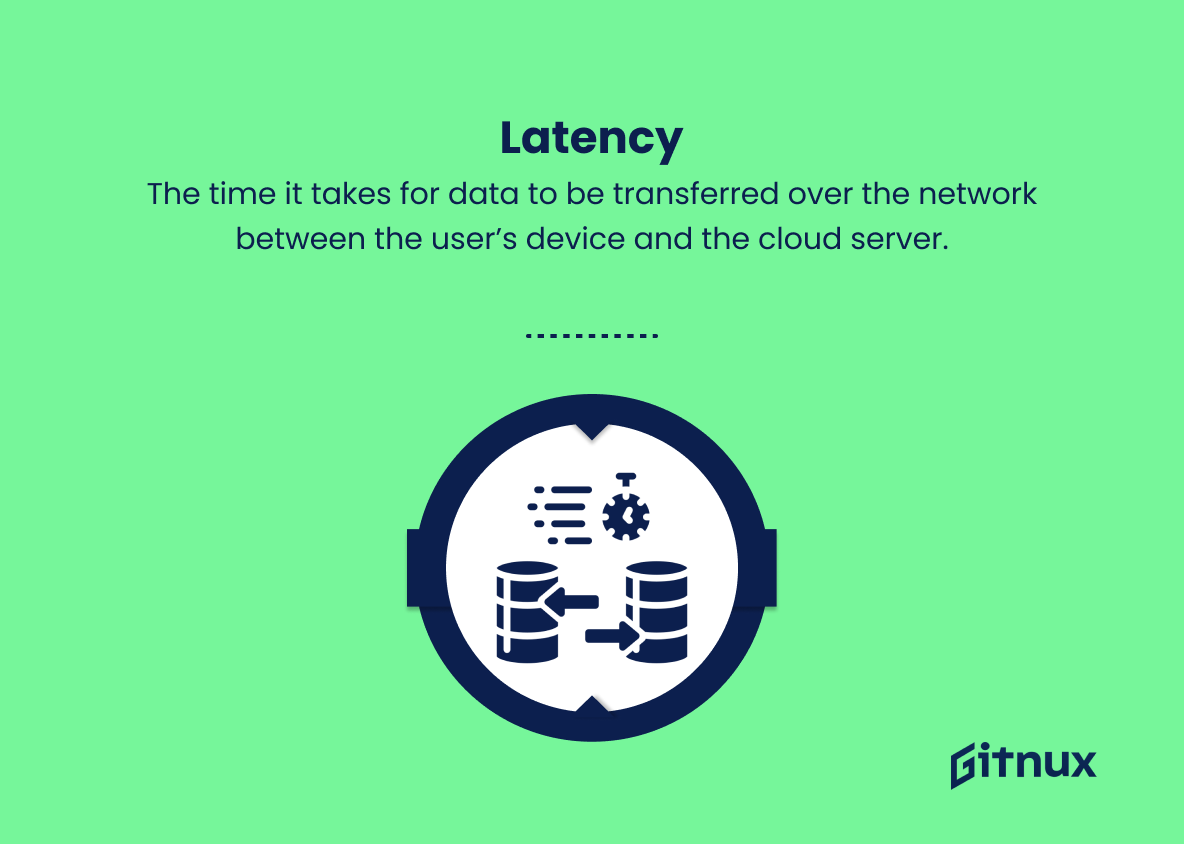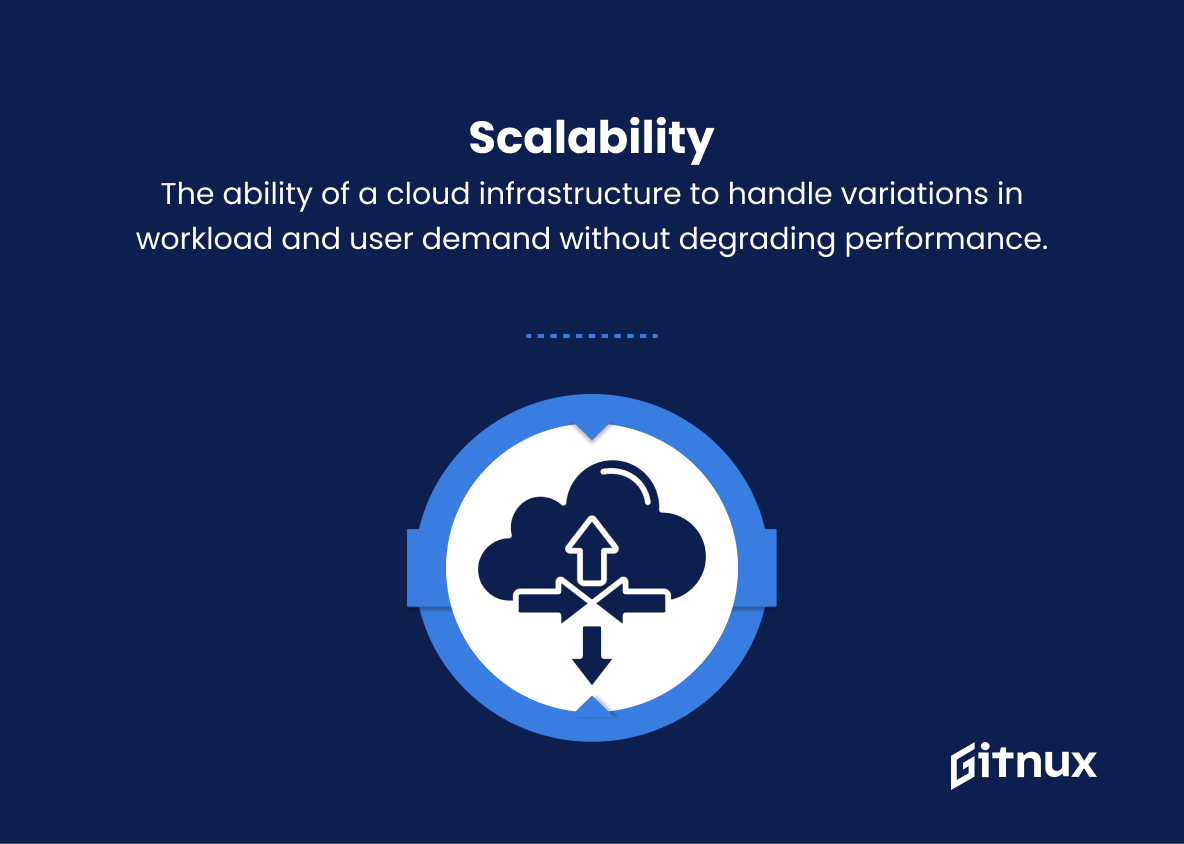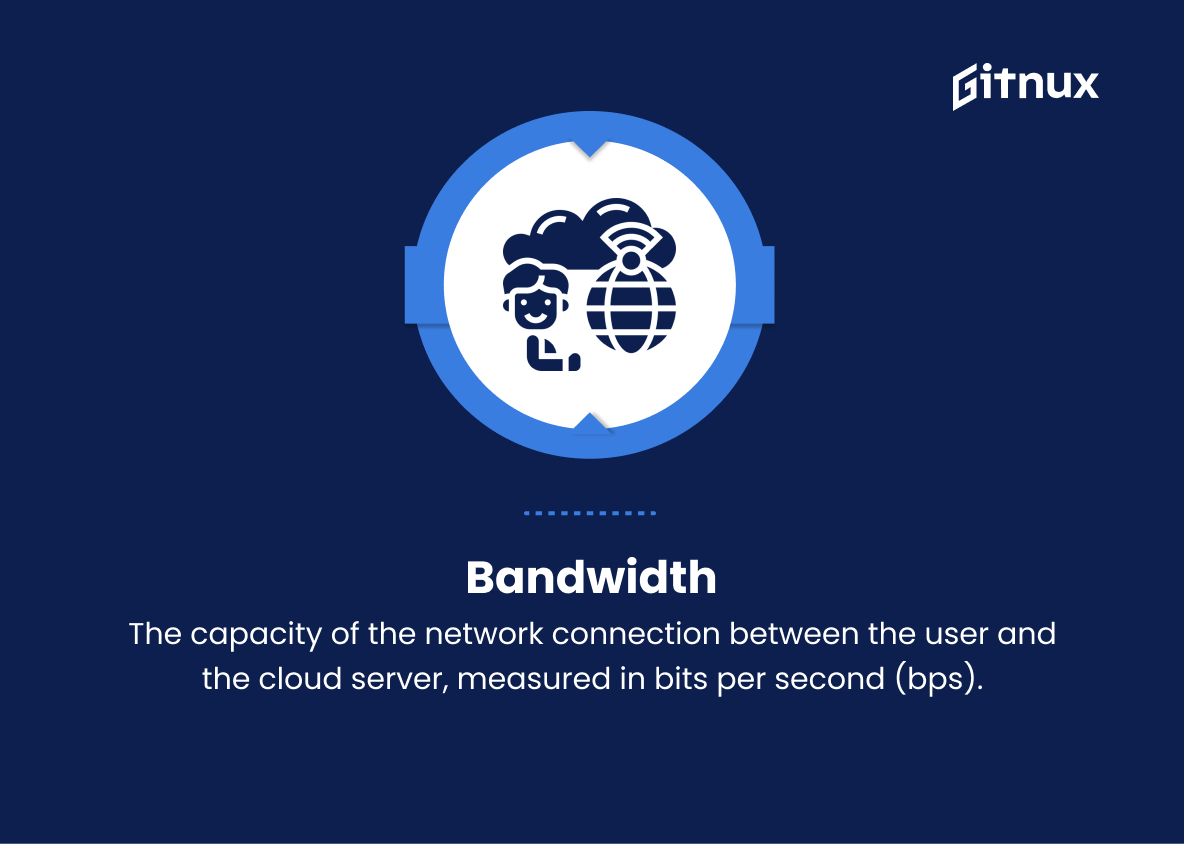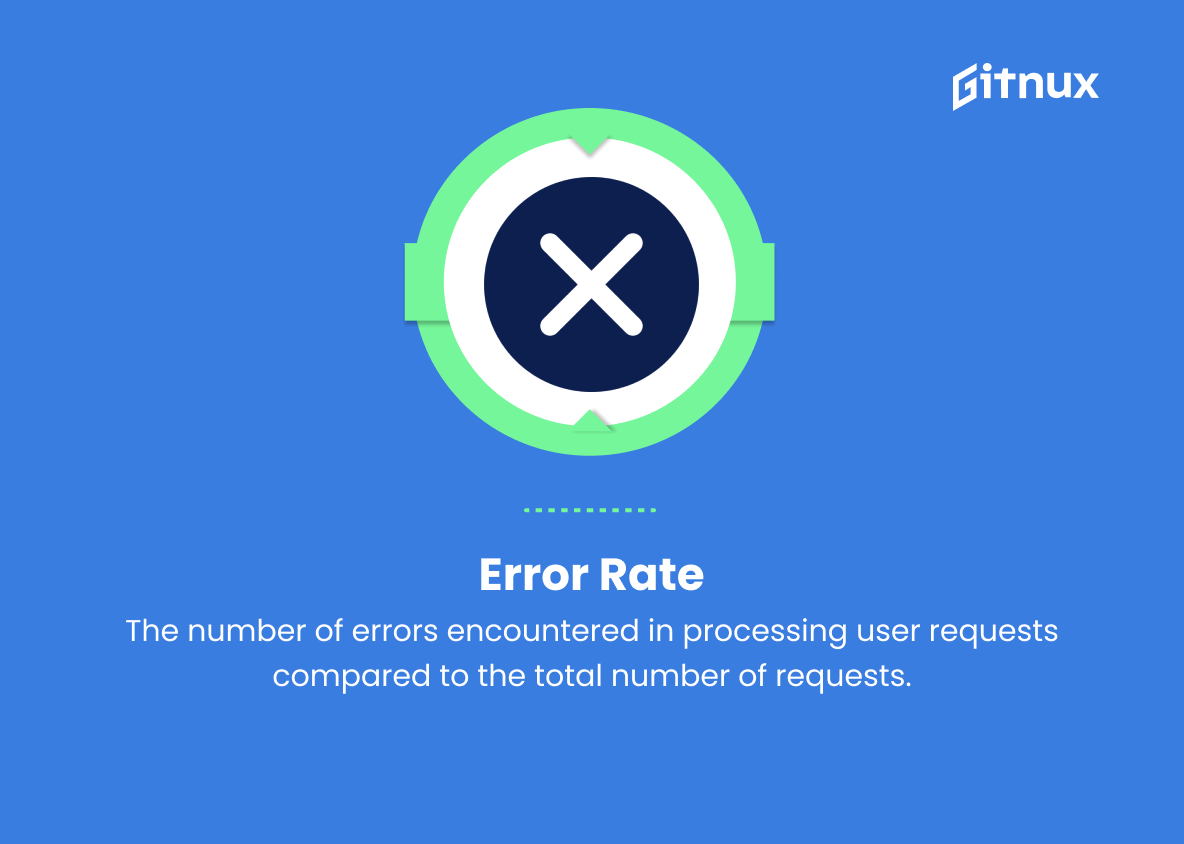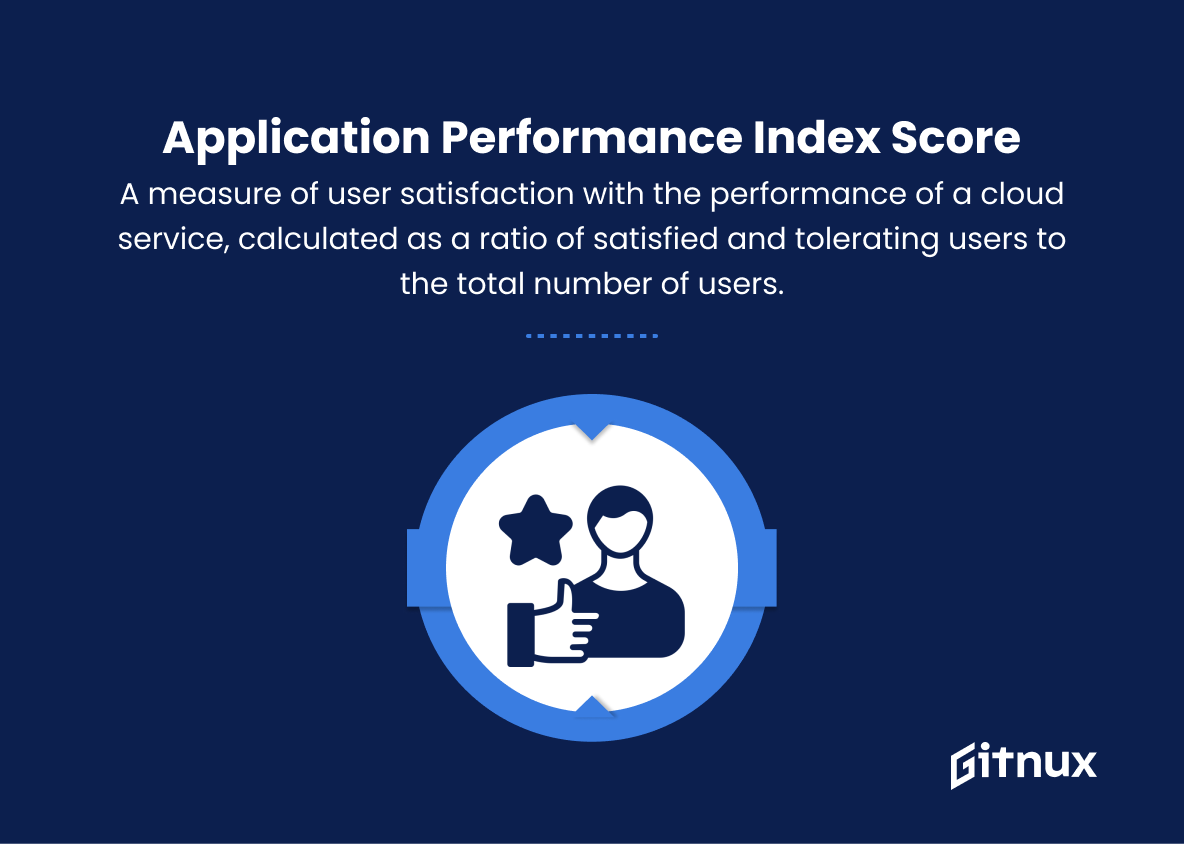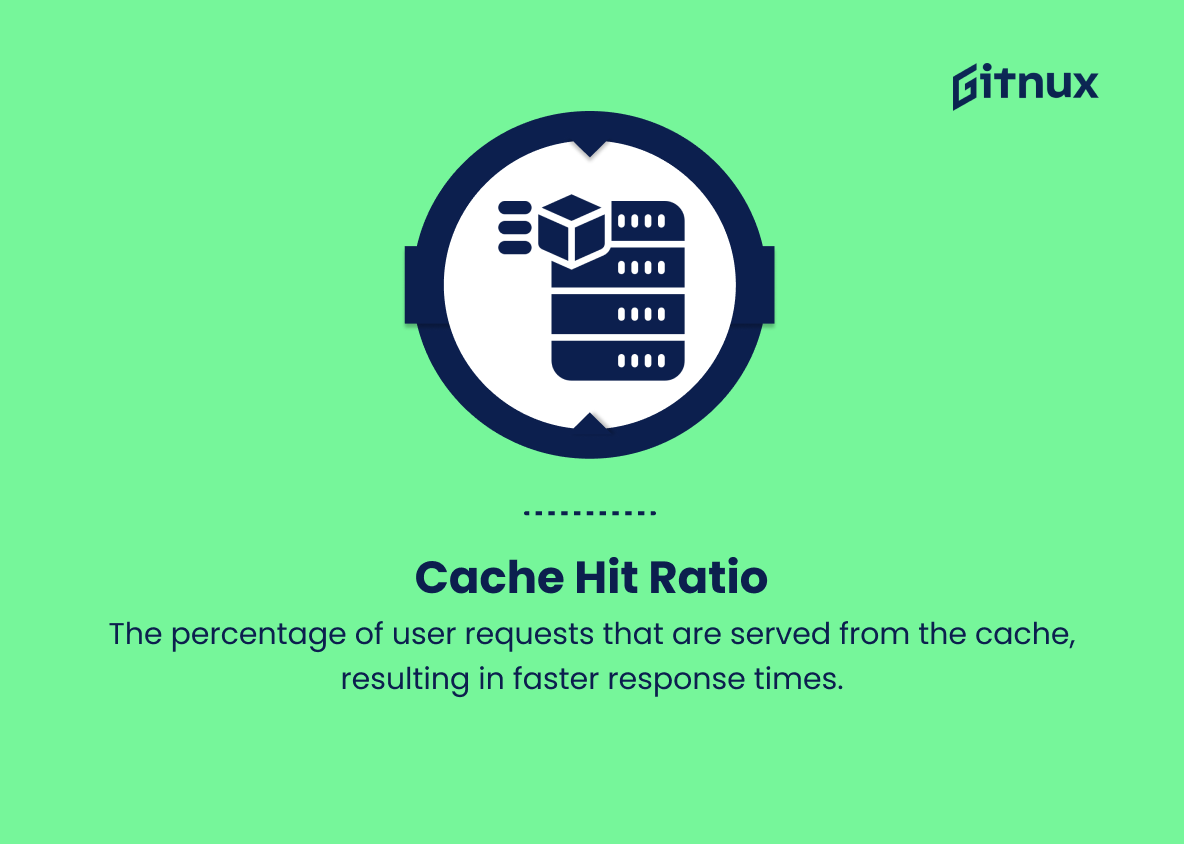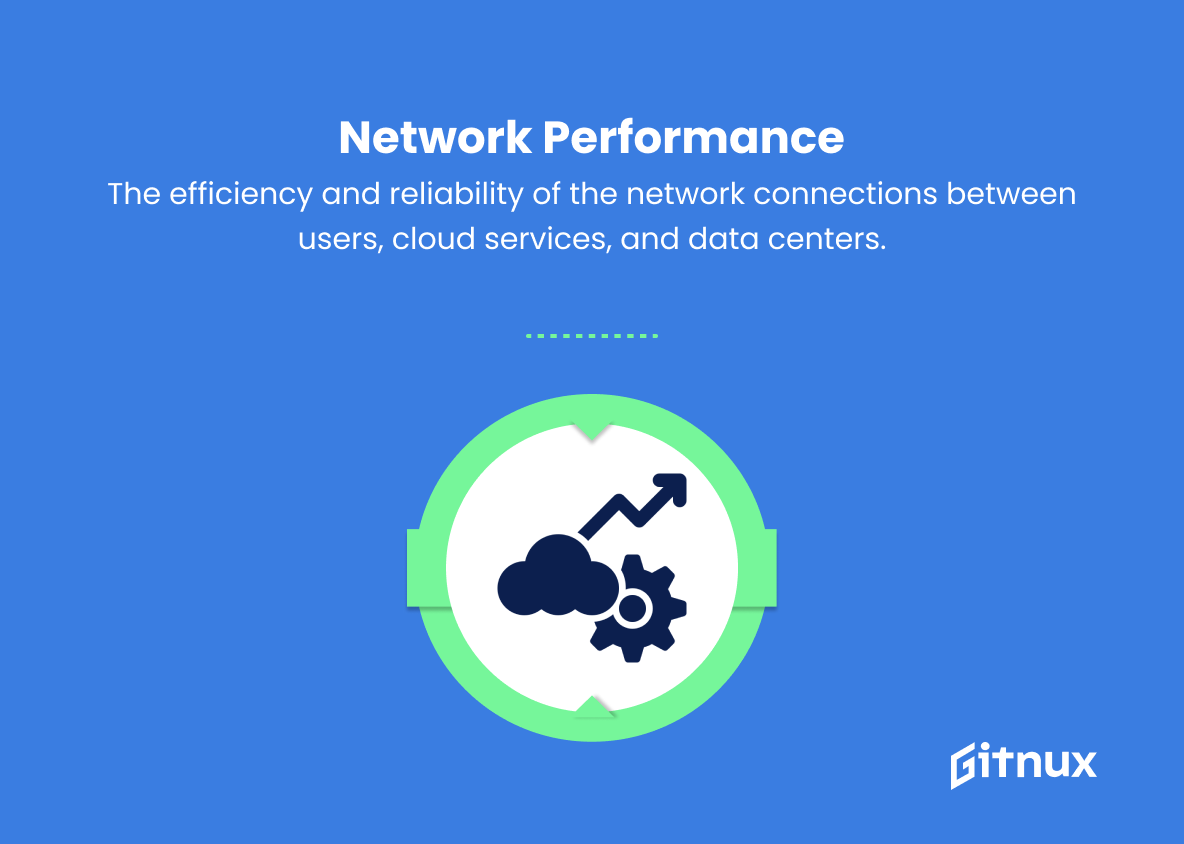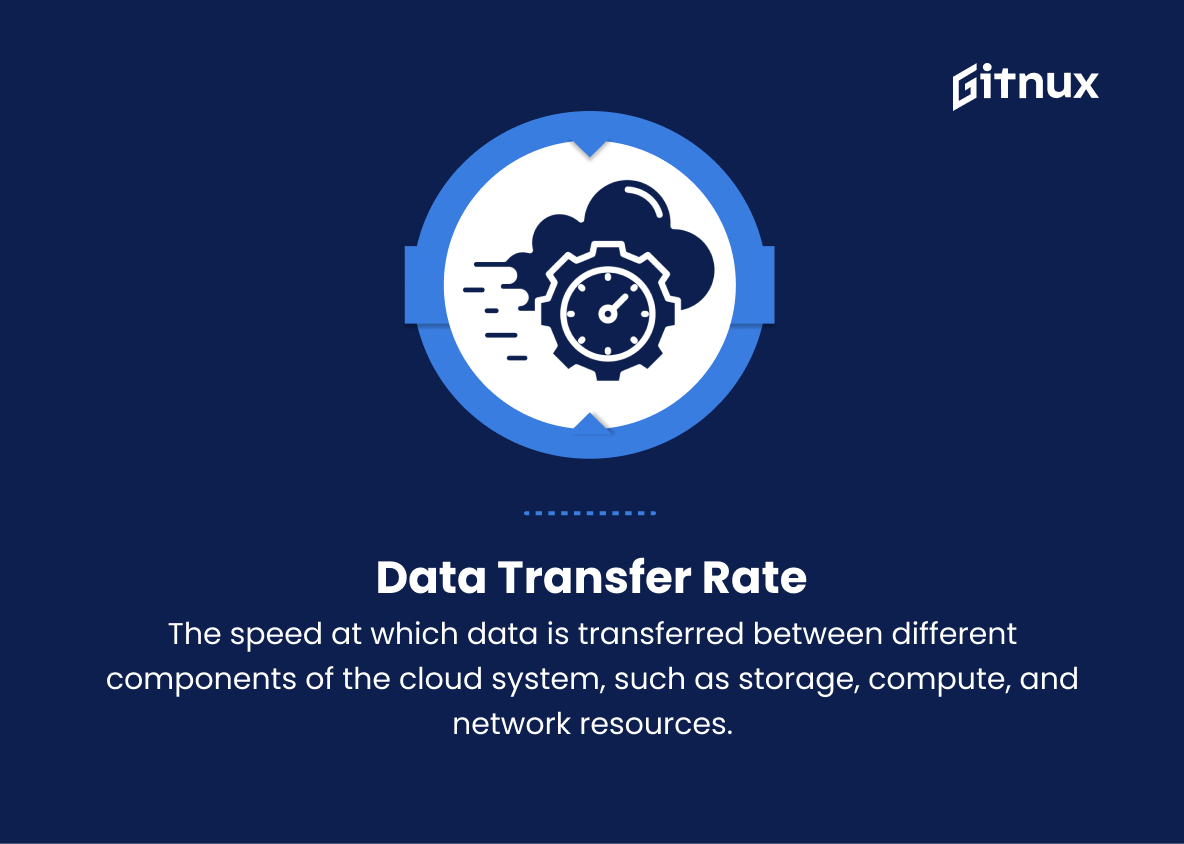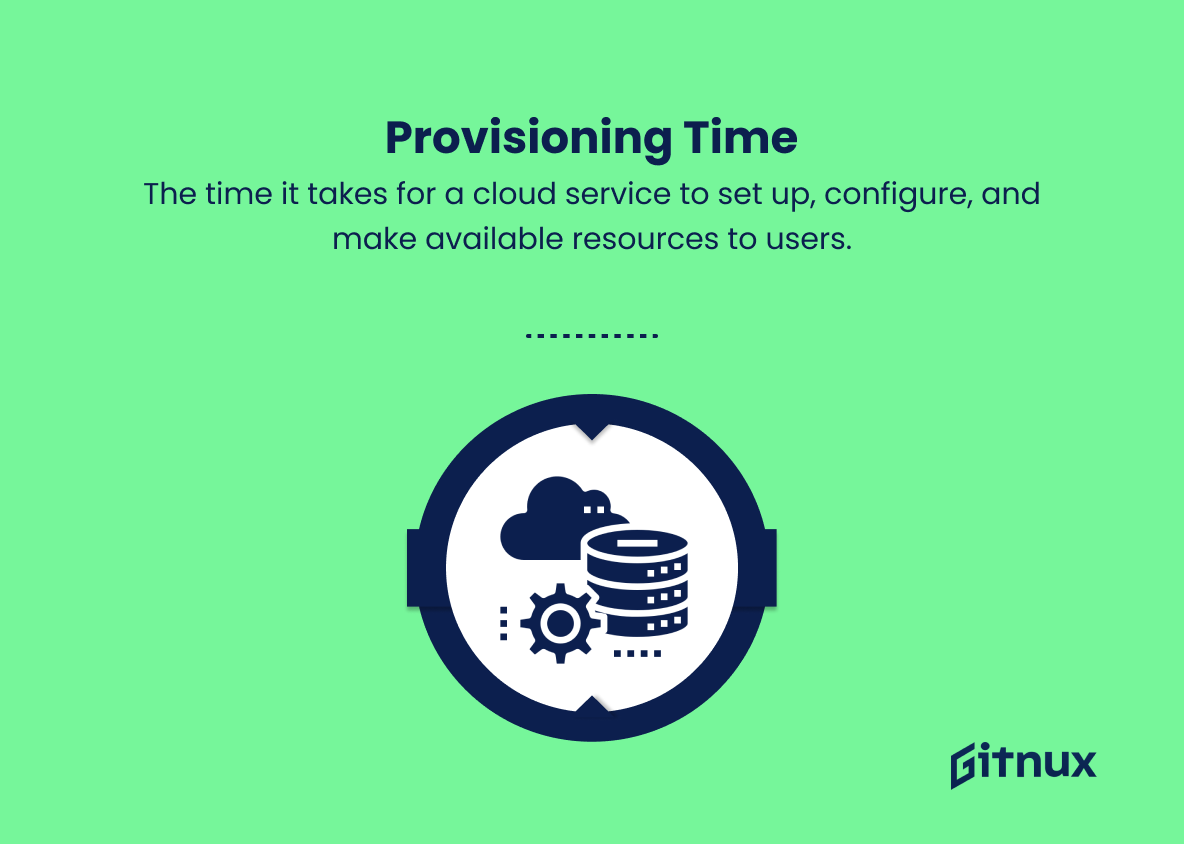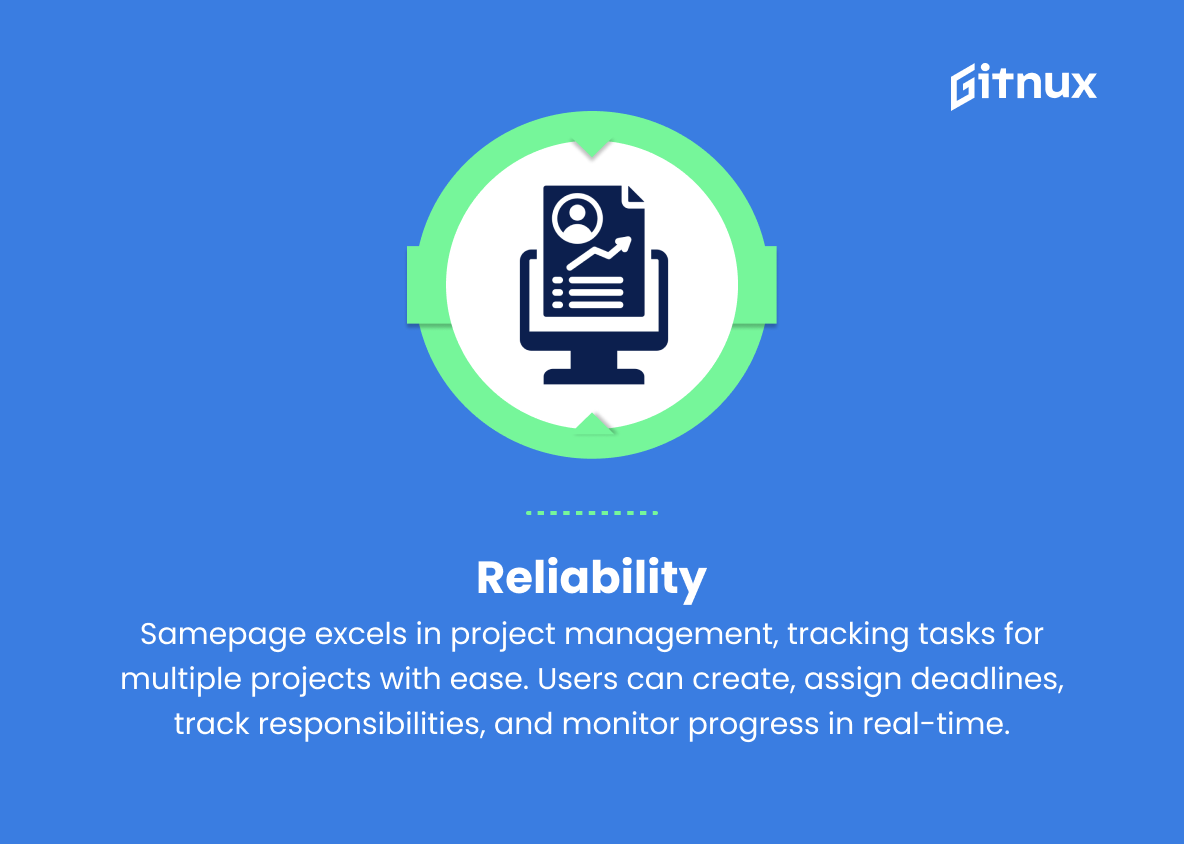In today’s rapidly evolving digital landscape, cloud computing has undeniably become a fundamental building block for streamlining operations, ensuring scalability, and fostering innovation among businesses. While organizations continue to harness the power of cloud services, it is crucial to not only understand but also optimize their cloud performance to maintain a competitive edge.
This blog post aims to delve into the world of Cloud Performance Metrics, providing an in-depth analysis of the key metrics that significantly impact cloud performance and offering valuable insights to help you make informed decisions for optimizing your cloud-based infrastructure effectively. Buckle up, as we uncover the foundations of cloud performance monitoring and guide you on a path to achieving a seamless and robust cloud computing experience.
Cloud Performance Metrics You Should Know
1. Response time
The amount of time it takes for a cloud service to process a user’s request and return a response.
2. Latency
The time it takes for data to be transferred over the network between the user’s device and the cloud server.
3. Availability
The percentage of time that a cloud service is up and running without any noticeable downtime.
4. Scalability
The ability of a cloud infrastructure to handle variations in workload and user demand without degrading performance.
5. Elasticity
The ability of a cloud system to expand or contract its resources in response to changing workload demands.
6. Throughput
The amount of data that can be processed by a cloud system per unit of time.
7. Bandwidth
The capacity of the network connection between the user and the cloud server, measured in bits per second (bps).
8. Resource utilization
The percentage of the available resources (e.g., CPU, memory, storage) used by a cloud application.
9. Error rate
The number of errors encountered in processing user requests compared to the total number of requests.
10. Application performance index (Apdex) score
A measure of user satisfaction with the performance of a cloud service, calculated as a ratio of satisfied and tolerating users to the total number of users.
11. Cache hit ratio
The percentage of user requests that are served from the cache, resulting in faster response times.
12. Network performance
The efficiency and reliability of the network connections between users, cloud services, and data centers.
13. Data transfer rate
The speed at which data is transferred between different components of the cloud system, such as storage, compute, and network resources.
14. Provisioning time
The time it takes for a cloud service to set up, configure, and make available resources to users.
15. Reliability
The ability of a cloud system to maintain operations and recover from failures without impacting user performance.
16. Fault tolerance
The ability of a cloud service to continue operating even in the presence of faults, failures, or errors.
17. Load balancing
The process of evenly distributing user requests and application workloads among multiple cloud resources to optimize performance and resource usage.
18. Queue length
The number of user requests waiting to be processed by a cloud system; a measure of the workload or backlog in the system.
19. Time-to-first-byte (TTFB)
The time it takes for a user to receive the first byte of data from a cloud server after making a request.
20. Cost efficiency
The effectiveness of a cloud service in delivering value and performance relative to its cost, including operational and management expenses.
Cloud Performance Metrics Explained
Cloud performance metrics matter as they provide vital insights into the efficiency, cost-effectiveness, and user satisfaction of cloud services. Metrics such as response time, latency, and time-to-first-byte are key indicators of a system’s ability to rapidly process and deliver data, ensuring optimal performance for end users. Equally important are availability, reliability, and fault tolerance, which collectively ensure the seamless and uninterrupted operation of services. Metrics like scalability, elasticity, and load balancing assess the flexibility and adaptability of a cloud infrastructure, crucial for accommodating variations in workloads and user demands.
Metrics such as throughput, bandwidth, resource utilization, and data transfer rate reveal a system’s capacity, efficiency, and potential bottlenecks, while error rate and application performance index score directly relate to user experience and satisfaction. Metrics like cache hit ratio, network performance, provisioning time, and queue length give further insight into specific aspects of a cloud service’s functioning.
Ultimately, cost efficiency measures the value proposition of these services by assessing their effectiveness in delivering the desired performance at an acceptable cost to the organization. By monitoring these metrics, organizations can better manage their cloud resources and make informed decisions to enhance user experience, reduce costs, and improve overall system performance.
Conclusion
In conclusion, understanding and analyzing cloud performance metrics is crucial for businesses to stay competitive, optimize their resources, and ensure optimal customer experiences. By keeping an eye on key indicators, such as latency, throughput, error rates, and resource usage, businesses can proactively address performance issues, make informed decisions about scaling, and plan for the future.
Developing a comprehensive monitoring system that takes into account the unique demands and requirements of each organization will be an invaluable asset in today’s rapidly evolving digital landscape. Embracing the power of cloud performance metrics doesn’t just provide a roadmap to technical efficiency — it ultimately drives the success and growth of the entire organization.
